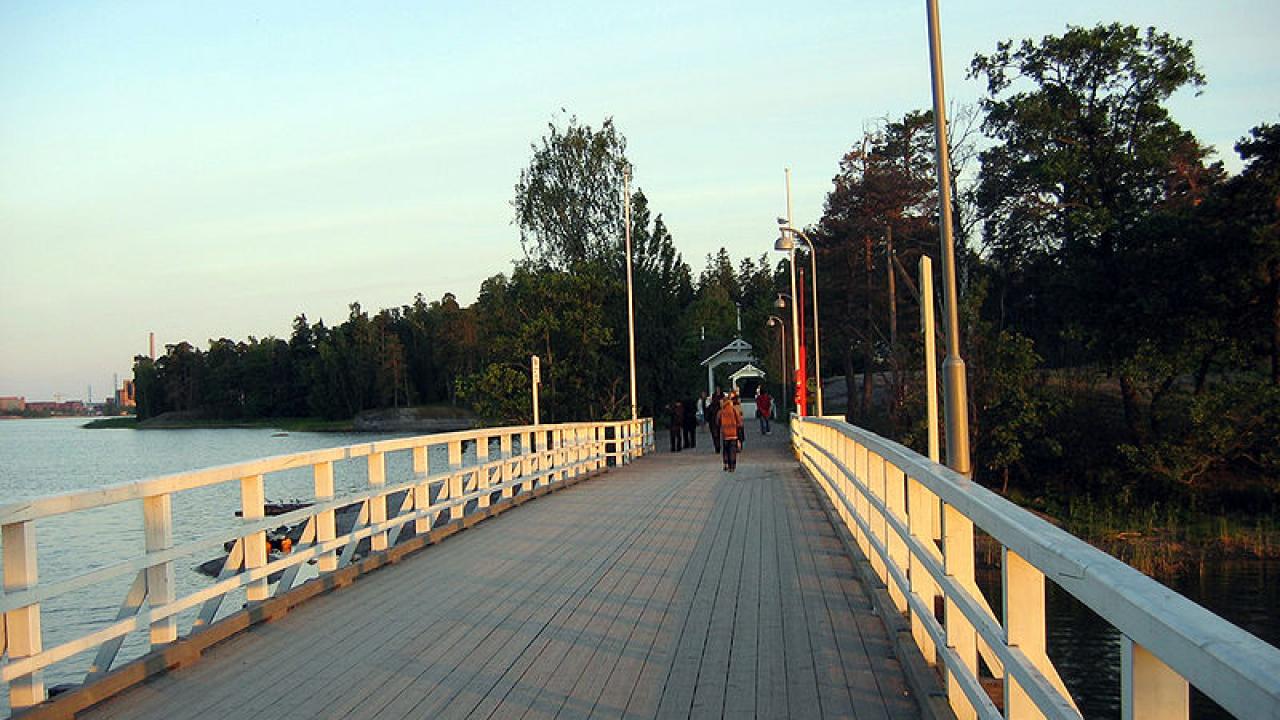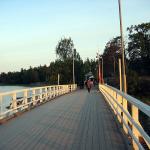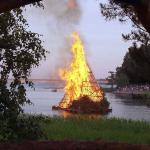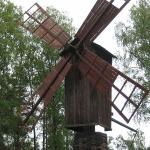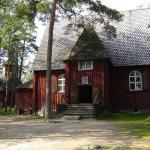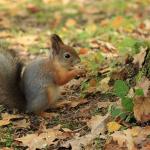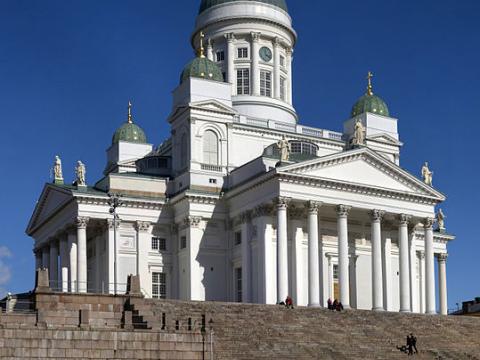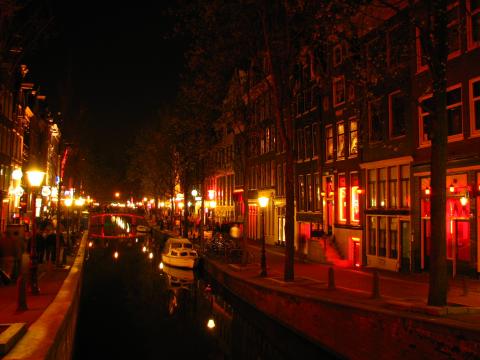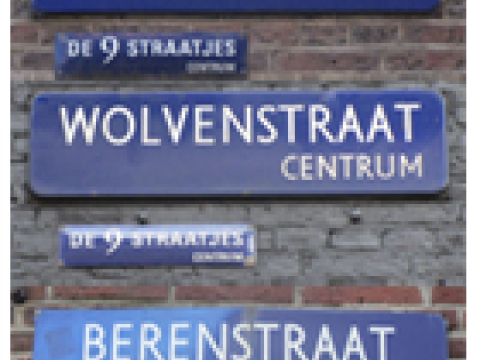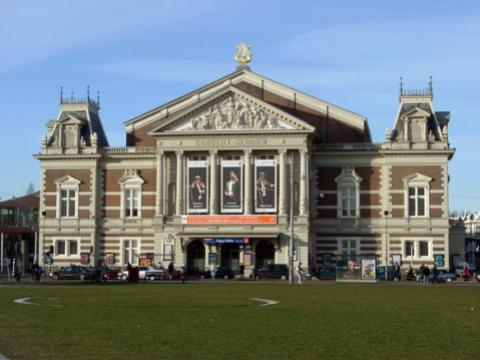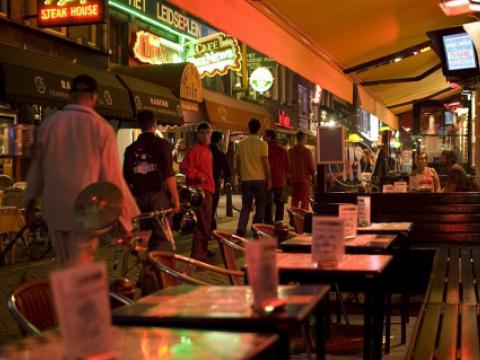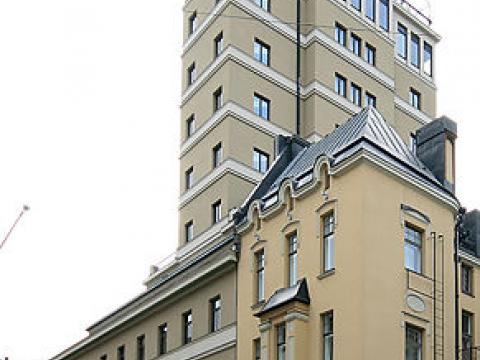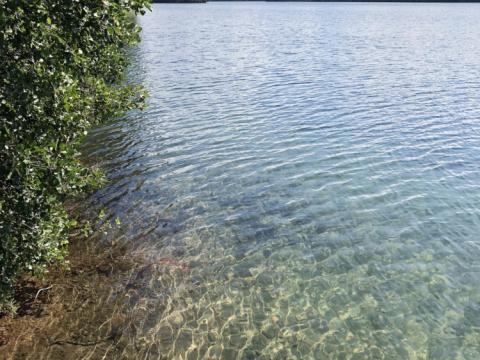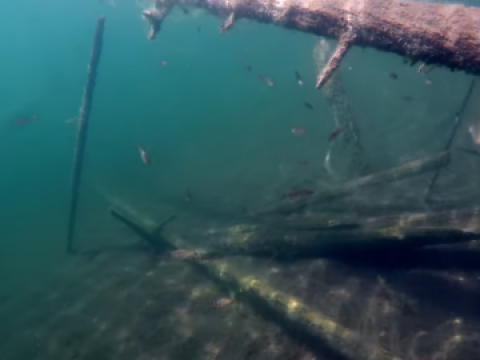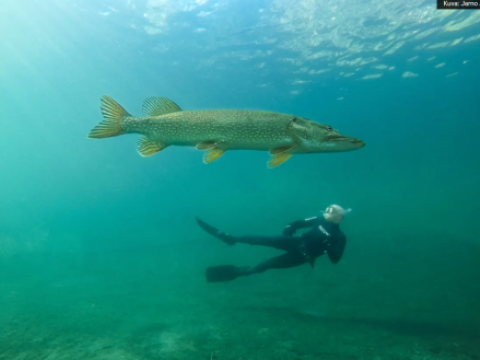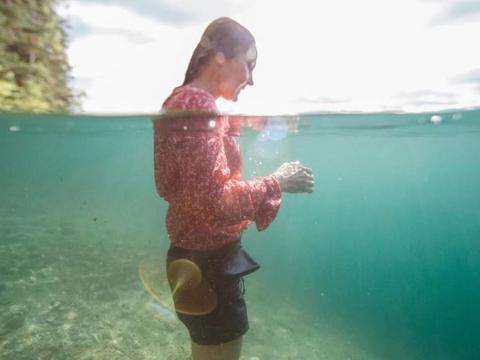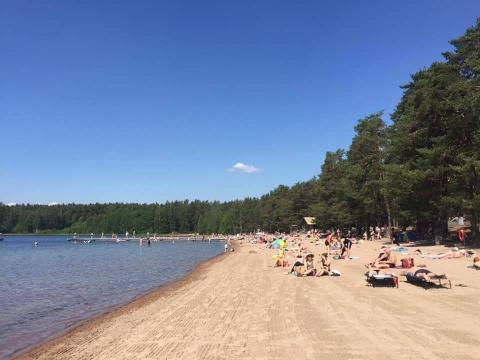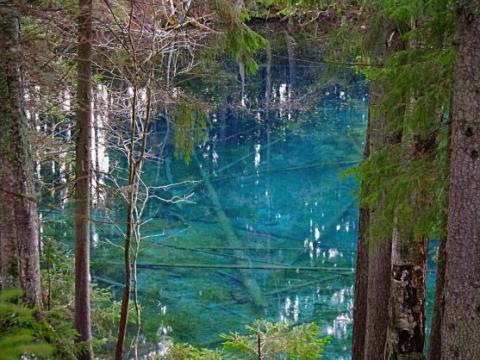Location
Seurasaari is an ideal destination to enjoy the rural, peaceful outdoor atmosphere in Helsinki. The island is known mostly as the location of the Seurasaari Open-Air Museum, which consists of old, mainly wooden buildings transplanted from elsewhere in Finland and placed in the dense forest landscape of the island.
Every summer, many Helsinkians come to Seurasaari to enjoy the outdoors by taking walks, having picnics etc. Despite the visitors, the island has a variety of wildlife, especially birds, but also red squirrels and hares. The height of the island's popularity is at Midsummer, when a huge bonfire is built on a small isle just off the island's coast, and ignited by a newly-wed couple. Thousands of people, both tourists and Helsinkians, watch the burning of the bonfire from both Seurasaari itself and from boats anchored near it.
Seurasaari also includes one of only two nudist beaches in Helsinki and one of only three in the entire country. Unlike the other nudist beaches, the beach is segregated for men and women separately with no unisex nudist area.
The Open-Air Museum was founded in 1909 when the first group of buildings, which had comprised the Niemelä farm in Konginkangas, Central Finland, was brought to the island. Most of the buildings and structures in the Museum are from the 18th and 19th centuries, mostly agrarian buildings made from wood. The oldest building is the Karuna Church, from 1686. The guiding concept was to collect buildings typical of the different provinces and regions of Finland. At present there are 85 separate buildings in the museum, though few buildings have been added in recent years because the provinces have shown a desire to preserve such buildings as museums in their original location.
The tram no. 4 takes you pretty close when you get off at “Meilahdentie” stop. From there it is a rather short walk along Meilahdentie to Seurasaari.
Seurasaari and the open air museum are free to all.







